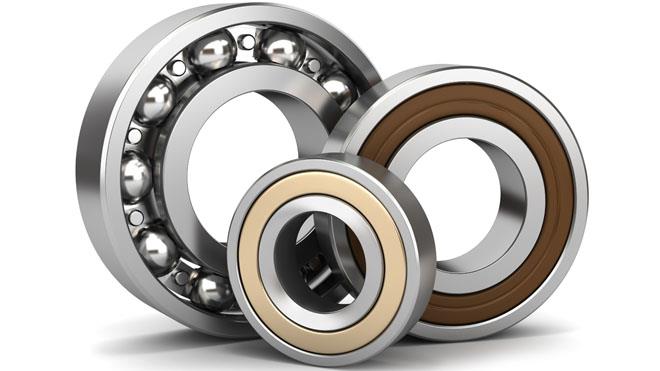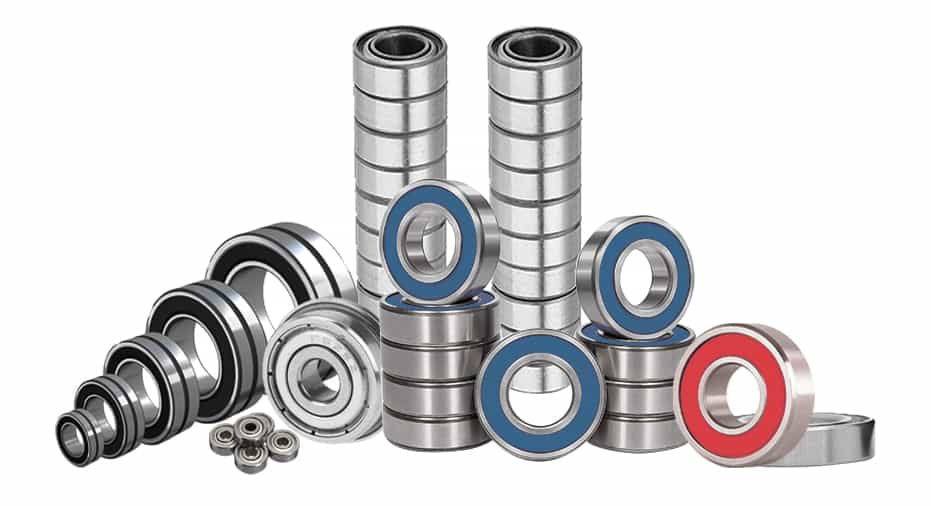
Are shielded bearings suitable for high-speed applications?
Yes, shielded bearings can be suitable for high-speed applications, but their suitability depends on various factors such as the bearing design, materials, and operating conditions. Here’s a detailed explanation of the suitability of shielded bearings for high-speed applications:
Shielded bearings are designed to accommodate a wide range of operating speeds, including high-speed applications. However, it’s important to consider the following factors when determining the suitability of shielded bearings for high-speed use:
- Bearing design: The design of the shielded bearing plays a significant role in its ability to handle high speeds. Factors such as the type of rolling elements (balls or rollers), cage design, and internal clearances affect the bearing’s ability to minimize friction, reduce heat generation, and maintain stability at high speeds. Manufacturers provide specific speed ratings for their shielded bearings, indicating the maximum recommended rotational speed. It’s important to select a shielded bearing with a speed rating that exceeds or matches the operating speed requirements of the application.
- Bearing materials: The materials used in shielded bearings can impact their performance at high speeds. High-quality materials with excellent hardness, dimensional stability, and low friction coefficients are preferred for high-speed applications. Common bearing materials include steel, stainless steel, and ceramics. Ceramic bearings, in particular, are known for their high-speed capabilities due to their low density and superior hardness. Consider choosing a bearing material that is well-suited for the anticipated speed and operating conditions.
- Lubrication: Proper lubrication is critical for high-speed applications. Lubrication helps reduce friction, dissipate heat, and minimize wear between the bearing components. It’s important to select a lubricant that is specifically recommended for high-speed applications and provides adequate lubrication under the anticipated speed and temperature conditions. The lubrication quantity and method should also be optimized to ensure sufficient lubrication without causing excessive drag or overheating.
- Temperature control: High-speed applications can generate significant heat due to increased friction. Adequate temperature control measures, such as proper ventilation, cooling systems, or selecting bearings with heat-resistant materials, may be necessary to prevent excessive temperature rise and potential bearing damage or failure.
- Application-specific considerations: High-speed applications may involve additional factors that need to be considered. For example, the presence of external forces, vibration, or misalignments can affect the performance and stability of the shielded bearing at high speeds. It’s important to evaluate these factors and choose a bearing design that can withstand the specific demands of the application.
By considering these factors and selecting shielded bearings with suitable designs, materials, lubrication, and temperature control measures, you can ensure their reliability and performance in high-speed applications.

How to choose the right shielded bearing for my equipment?
Choosing the right shielded bearing for your equipment is crucial to ensure optimal performance, longevity, and reliability. Here’s a detailed explanation of the steps involved in selecting the right shielded bearing:
- Identify the application requirements: Start by understanding the specific requirements of your equipment and its operating conditions. Consider factors such as load (both radial and axial), speed, temperature, vibration, and environmental conditions. Determine the desired bearing life, maintenance intervals, and any special considerations unique to your application.
- Understand the bearing characteristics: Familiarize yourself with the different types of shielded bearings available and their respective characteristics. Consider factors such as the type of rolling elements (ball or roller), bearing material, lubrication requirements, and sealing options. Each characteristic affects the bearing’s performance in terms of load capacity, speed capability, temperature resistance, and durability.
- Consult bearing manufacturer catalogs and specifications: Refer to the catalogs, technical datasheets, and specifications provided by reputable bearing manufacturers. These resources contain detailed information about the available shielded bearings, including their dimensions, load ratings, speed limits, and other relevant data. Identify bearings that meet your application requirements based on the manufacturer’s recommendations.
- Consider bearing material and construction: Evaluate the suitability of different bearing materials for your application. Common options include steel, stainless steel, ceramics, and plastic. Consider factors such as corrosion resistance, temperature resistance, load capacity, and the specific conditions in which the equipment operates. Additionally, evaluate the bearing’s construction, such as the number of shields, cage design, and any special features that enhance performance or reliability.
- Calculate the bearing load: Determine the expected load on the bearing, considering both the radial and axial components. Calculate the equivalent dynamic load and static load based on the operating conditions, and compare them against the bearing’s load ratings provided by the manufacturer. Ensure that the selected bearing can handle the anticipated load without premature failure or excessive wear.
- Consider lubrication and sealing: Evaluate the lubrication requirements of the shielded bearing. Determine whether the bearing requires grease or oil lubrication and consider factors such as operating speed, temperature, and contamination levels. Additionally, assess the sealing options available for shielded bearings. Seals can help protect the bearing from contaminants and retain lubrication, enhancing its performance and service life.
- Seek expert advice: If you’re uncertain about the selection process or have specific application challenges, consider reaching out to bearing manufacturers or their authorized distributors. Their technical experts can provide valuable guidance and recommend the most suitable shielded bearing for your equipment based on their expertise and experience.
By following these steps and considering the relevant factors, you can choose the right shielded bearing that matches your equipment’s requirements. Remember to ensure compatibility with the shaft and housing, and follow proper installation and maintenance practices to maximize the bearing’s performance and longevity.

What is a shielded bearing?
A shielded bearing refers to a type of rolling bearing that incorporates shields to protect the internal components from contamination and retain lubrication. Here’s a detailed explanation of what a shielded bearing is:
A shielded bearing is a type of rolling bearing that consists of an inner ring, an outer ring, rolling elements (such as balls or rollers), and shields. The shields are typically made of metal, such as steel or stainless steel, and are designed to cover the rolling elements and the raceways of the bearing.
The primary purpose of the shields is to prevent solid contaminants, such as dust, dirt, or debris, from entering the bearing and causing damage to the internal components. By acting as a physical barrier, the shields reduce the risk of premature wear, corrosion, and failure of the bearing. They also help retain the lubricating grease or oil within the bearing, ensuring proper lubrication and reducing friction and heat generation.
Shielded bearings are commonly used in various applications and industries, including automotive, industrial machinery, appliances, and electric motors. They are suitable for environments where the risk of contamination is moderate and where regular maintenance and relubrication can be performed.
It’s important to note that shielded bearings provide a certain level of protection against solid contaminants but do not provide a complete seal. They are not intended for applications where liquid or heavy contamination is present. For more demanding applications or environments where higher levels of protection are required, sealed bearings or other specialized bearing arrangements may be necessary.
Shielded bearings are often designated with the suffix “Z” or “ZZ” in the bearing model or part number to indicate the presence of shields. For example, a shielded deep groove ball bearing may be labeled as “6204-Z” or “6204-ZZ” to signify that it has shields on one or both sides.
When installing or handling shielded bearings, it’s important to follow proper procedures and precautions to avoid damaging the shields or introducing contaminants. Regular inspection and maintenance, including periodic relubrication, are also essential to ensure the continued effectiveness of the shields and the optimal performance of the bearing.
Overall, shielded bearings offer a practical and cost-effective solution for protecting rolling bearings from solid contamination and maintaining adequate lubrication in various applications. The specific design, materials, and performance characteristics of shielded bearings may vary depending on the manufacturer and the type of bearing.


editor by CX 2024-04-02